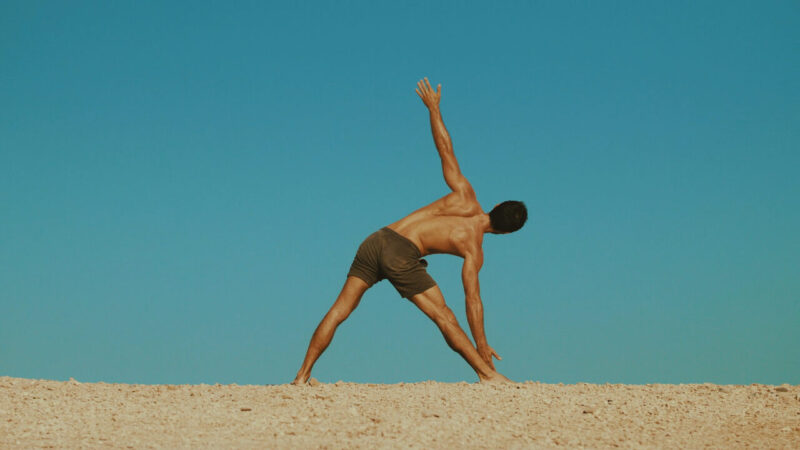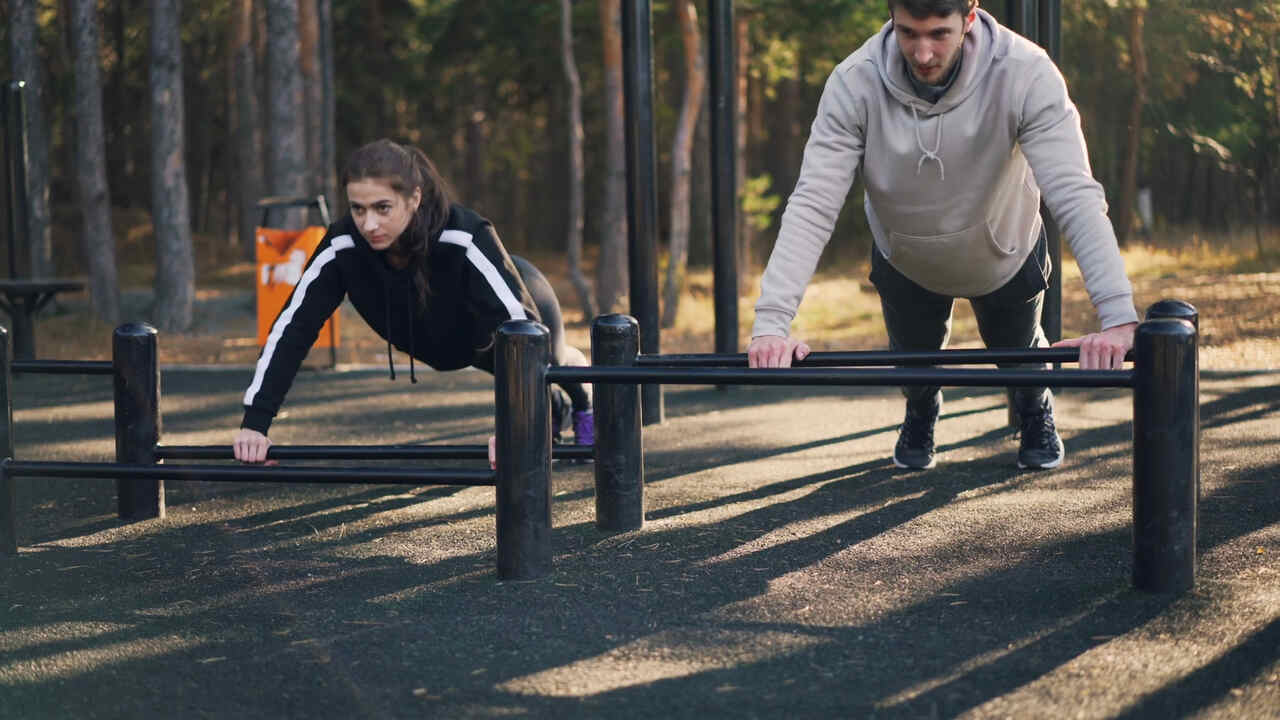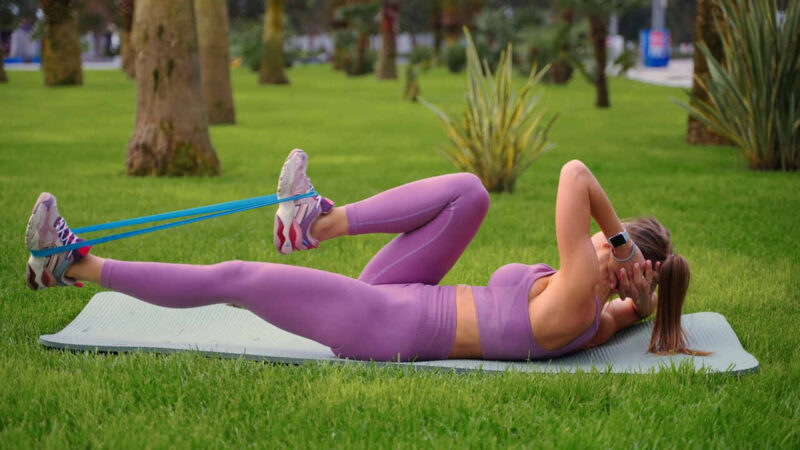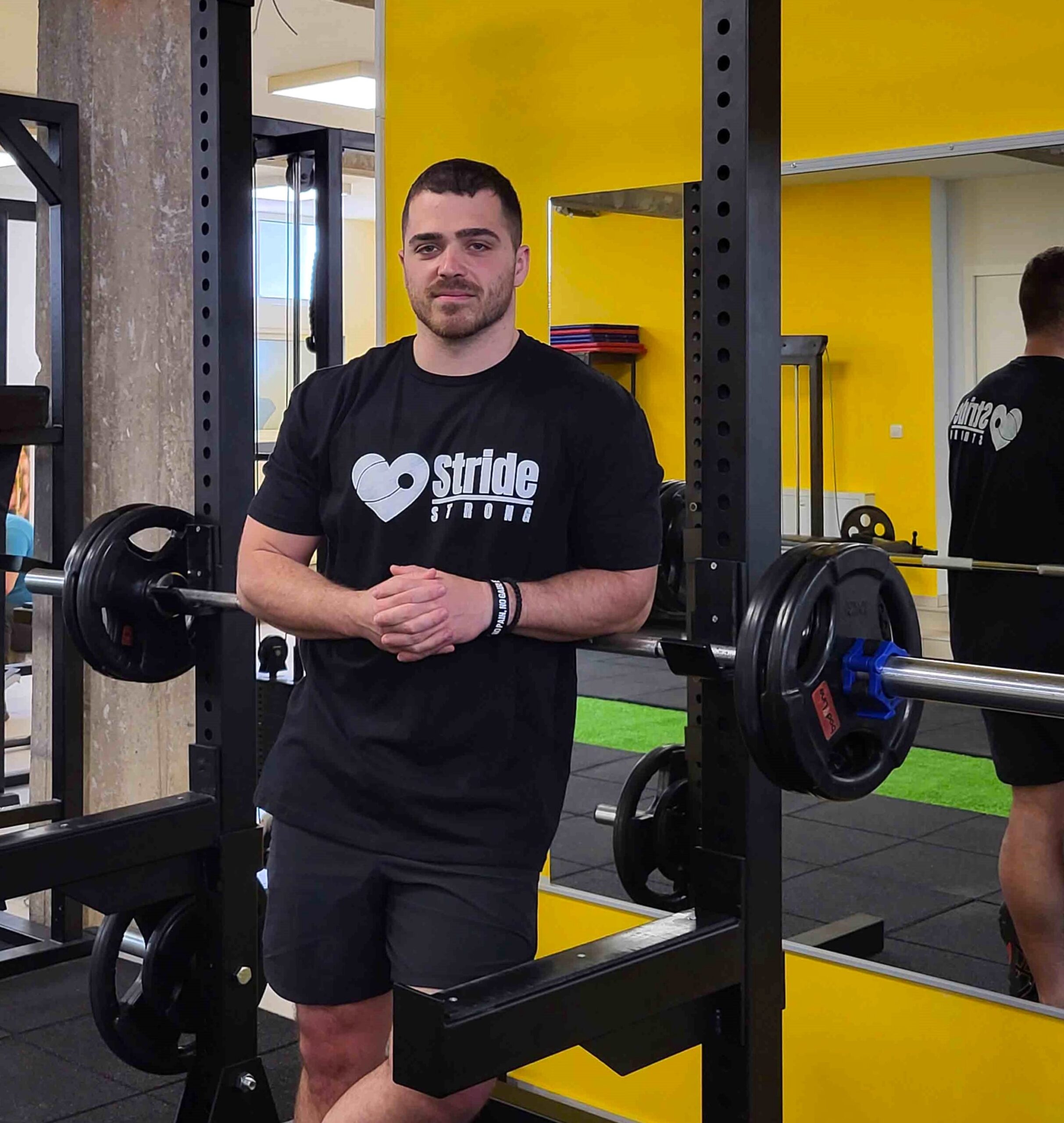Don’t you agree that the walls of gyms can sometimes feel a bit too close?
With so many people in one room, sometimes I feel like there’s no air which makes me feel so exhausted and unmotivated.
That’s why I tried taking my workout outside. It offered me not just a breath of fresh air but a multitude of benefits that invigorated both my body and mind.
Let’s explore why swapping the treadmill for the trail might just be the best decision you’ll make for your health.
Key Takeaways
- Outdoor exercise enhances physical health by increasing Vitamin D levels, burning more calories, and improving balance and agility through varied terrains.
- It boosts mental well-being by elevating mood, reducing stress, and offering a digital detox.
Why Take Your Workout Outside?
1. You’re Exposed to the Sunshine Vitamin!
Vitamin D, often dubbed the “sunshine vitamin,” is crucial for our body, aiding in the absorption of calcium and promoting bone health, alongside bolstering our immune system. Unlike dietary sources, the most effective way to get an adequate amount of Vitamin D is through direct sun exposure.
Exercising outdoors naturally increases your Vitamin D levels, which can be especially beneficial in areas where people might spend a lot of time indoors or in regions with long winters.
2. It’s a Natural Mood Booster
The benefits of natural light and being in nature go beyond the physical. Studies have shown that exposure to natural light can significantly boost mood and reduce symptoms of anxiety and depression.
The combination of sunlight, fresh air, and the tranquil sights and sounds of nature works to increase the production of serotonin, often referred to as the “happy hormone,” making outdoor workouts a powerful natural mood enhancer.
3. Varied Workout Terrain
Outdoor environments offer diverse terrains—hills, trails, sand, and grass—all of which present different challenges compared to the flat and predictable surfaces found in gyms. This variety can help to engage different muscle groups, improve coordination, and increase the intensity of your workout unintentionally.
The natural unevenness of the ground forces your body to adapt constantly, enhancing your overall physical fitness and making your workout sessions more dynamic and effective.
4. It Enhances Creativity and Focus
Spending time in nature has been linked to improved creativity and focus. The serene environment not only helps in clearing your mind but also in reducing mental fatigue.
Engaging in outdoor activities can lead to an increase in concentration levels and creative problem-solving skills, offering a refreshing break from the monotony of indoor exercise and daily routines.
Physical Benefits
1. Burns More Calories
Outdoor activities inherently involve more physical effort compared to exercising indoors due to factors like wind resistance and terrain variability. For instance, running against the wind or cycling on hilly paths requires more energy, leading to a higher calorie burn.
This natural resistance can help in achieving weight loss goals more efficiently than working out in a controlled indoor environment.
2. Builds a Stronger Body
Outdoor exercises often result in a full-body workout. Activities like hiking, swimming, or even outdoor yoga challenge your body in unique ways, engaging multiple muscle groups simultaneously.
The natural elements and varied terrains offer resistance and require adaptation, contributing to the development of a stronger, more versatile physique.
3. Improves Balance and Agility
The unpredictable nature of outdoor terrains enhances proprioception—the awareness of body position and movement—thus improving balance and agility. Navigating through uneven paths, for example, requires constant adjustments in body positioning, which strengthens the core muscles and improves overall stability.
This benefit is difficult to replicate with indoor exercises that often occur on flat and stable surfaces.
Mental Health Advantages
1. It Reduces Stress
Engaging with natural environments can significantly lower stress levels and decrease cortisol, a stress-related hormone. The calming effect of being outdoors, surrounded by greenery and open space, facilitates a mental shift away from stressors, promoting relaxation and a sense of well-being.
2. A Break from Digital Overload
Outdoor exercise provides a necessary respite from the constant barrage of screens and digital notifications.
The digital detox can lead to a reduction in stress and anxiety levels, allowing for a mental recharge that improves overall life satisfaction and productivity.
3. It Boosts Self-Esteem
Physical activity in natural settings has been shown to have a more pronounced effect on self-esteem than exercising indoors.
The accomplishment of completing a hike, reaching the top of a hill, or even the act of getting outside can provide a significant confidence boost, enhancing self-perception and motivation.
How to Get Started?
1. Define Your Fitness Goals
Before anything else, pinpoint why you’re pursuing outdoor exercise. Is it for weight loss, mental health, increased strength, or endurance? Understanding your motivation is crucial. When setting your goals, ensure they are:
- Specific: Clearly define what you want to achieve.
- Realistic: Set goals that are attainable given your current lifestyle.
- Measurable: Make sure your goal can be tracked and measured.
- Time-bound: Assign a deadline to your goal to keep yourself accountable.
- Achievable: Ensure your goal is practical and reachable.
For instance, aiming to lose a specific amount of weight within a given timeframe or reaching a particular distance while jogging are excellent examples of well-defined fitness goals.
2. Select Your Outdoor Exercise Spot
Finding the perfect location is your next step.
While your backyard is a convenient option, exploring public parks can offer more variety.
Many parks provide free-to-use exercise equipment. But it is not necessary, you can train without it.
3. Craft a Realistic Exercise Schedule
Create a workout schedule that aligns with your fitness goal. Aim for a balanced plan suggested by Centers for Disease Control and Prevention (CDC) guidelines: 150 minutes of moderate-intensity aerobic activity weekly, coupled with muscle-strengthening activities on two or more days a week, targeting all major muscle groups.
4. Develop a Training Plan
Your training plan should match your fitness level and goals, especially if strength training is a part of your routine. A balanced plan for beginners might include:
| Muscle Group | Exercises |
| Back | Bent-over rows, pull-ups, back extensions |
| Chest | Bench press, flys |
| Shoulders | Shoulder press, reverse flys |
| Arms | Bicep curls, tricep dips |
| Core | Sit-ups, Russian twists |
| Legs and Glutes | Squats, lunges, hamstring curls, leg extensions |
*Remember to schedule rest days for recovery to prevent overtraining and injuries.
5. Gather Necessary Equipment
While outdoor fitness parks offer various equipment, bringing additional items can enhance your workout. Consider:
- Yoga mat: For stretching or core workouts.
- Dumbbells: Choose a comfortable weight for strength training.
- Resistance bands: Versatile for both lower and upper body exercises.
- Medicine ball: Adds intensity to core exercises and more.
*Don’t forget essentials like water, a towel, and durable workout shoes.
6. Find a Workout Buddy
Working out with a friend can make exercise more enjoyable and keep you motivated.
Coordinate schedules to find a convenient time and place. You can also form a workout group for added fun and accountability.
7. Work on Active Recovery
Recovery is as important as the workout itself. It allows your body to repair and grow stronger. Incorporate active recovery by scheduling days for light activities like walking, cycling, or gentle yoga.
Always end workouts with a cool-down session to prevent muscle stiffness.
FAQs
Related Posts:
- How Long Does Creatine Take to Work? - When Does It Kick In?
- Intermittent Fasting Beginner Guide - Should You…
- Cycling 1 Hour a Day Weight Loss - What You Should Know
- 10 Benefits of Doing Pull-Ups Throughout the Day
- Cycling vs. Running - Breaking Down the Benefits and…
- How to Do a (Proper) Push-up? Maximize Your Workout




















